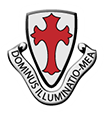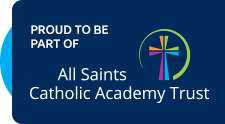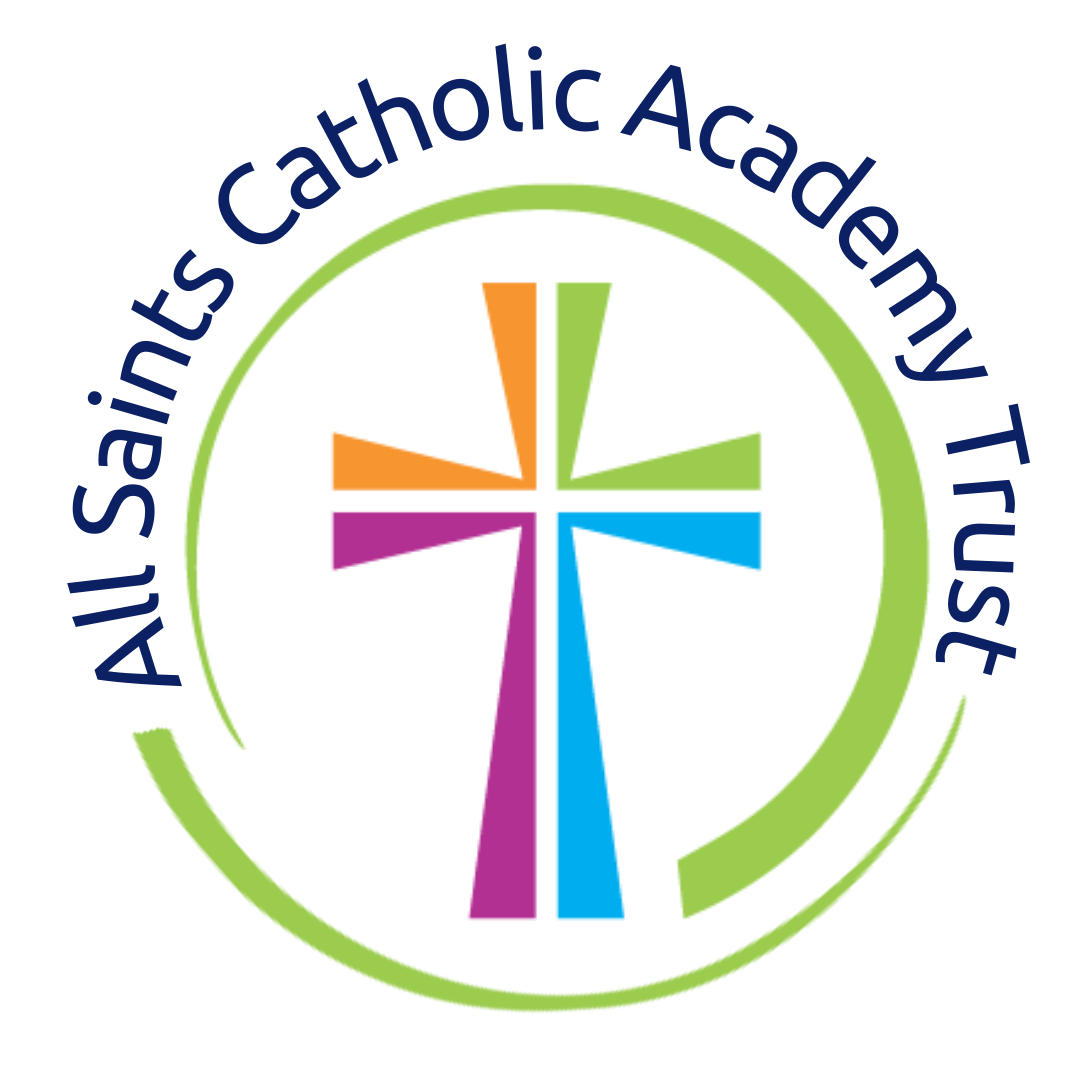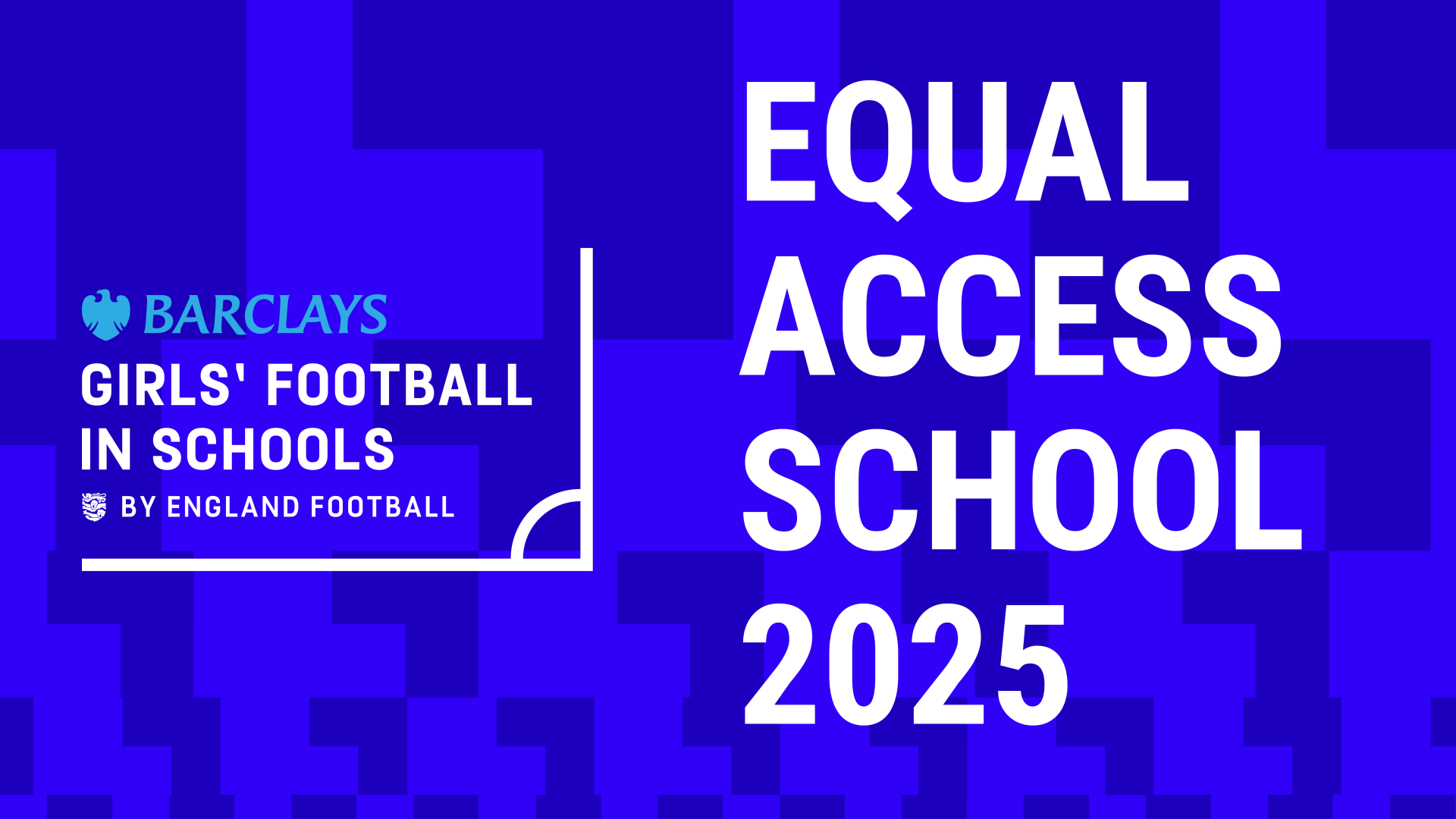Art and Design
Please find our Art and Design Curriculum Intent, our Progression Map and Curriculum Map of our topics from the EYFS to Year Six.
At St Thomas More Primary School, we embrace all aspects of creativity. We recognise that these skills can be used in everyday life and gives children the opportunity to explore the world around them. Art stimulates their imagination, encourages them to be observant, problem solve and boost their self-esteem, while providing a sense of accomplishment. Studies also suggest that Art can reduce stress.
Curriculum Intent
We offer a structured approach to lessons to ensure the children have covered the skills required to meet the aims of the national curriculum. The intent is to ensure all pupils produce creative, imaginative work. Children have the opportunity to explore their ideas and record their experiences, as well as exploring the work of others and evaluate different creative ideas. Children will become confident and proficient in a variety of techniques including drawing, painting, sculpting, as well as other selected craft skills, e.g., collage, printing, weaving and patterns. Children will also develop their knowledge of famous artists, designers and craft makers. Children will also develop their interest and curiosity about art and design through a series of lessons offering skills progression, knowledge progression and offering children the opportunity to ask questions and demonstrate their skills in a variety of ways. The lessons will offer the chance for children to develop their emotional expression through art to further enhance their personal, social and emotional development. The progression grid below illustrates how we ensure progression of skills and knowledge.
Implementation
Our whole school approach to the teaching and learning of Art & Design follows the national curriculum. Each unit that is taught to the children from KS1 & up has a detailed overview and an end of unit assessment pack. There are also additional resources to support the teacher. Each key stage focuses on different themes to ensure continued interest in the subject as well as acquiring new knowledge. Each lesson develops the children’s techniques, including their control and their use of materials, with creativity, experimentation and an increasing awareness of different kinds of art, craft and design. Children are encouraged to learn how art and design both reflect and shape our history, and contribute to the culture, creativity and wealth of our nation. Some lessons taught will offer structure and narrative
Impact
Art and design learning is loved by teachers and pupils across school. Teachers have high expectations and more quality evidence can be presented in a variety of ways. All children use technical vocabulary accurately and pupils are expected to know, apply and understand the matters, skills and processes specified. Children improve their enquiry skills and inquisitiveness about the world around them, and their impact through art and design on the world. Children will become more confident in analysing their work and giving their opinion on their own and other works of art. Children show competences in improving their resilience and perseverance by continually evaluating and improving their work. All children in school can speak confidently about their art and design work and their skills.
Natonal Curriculum - Art and design.pdf
Curriculum_Overview_Art.docxArt_Progression_Document.docx





